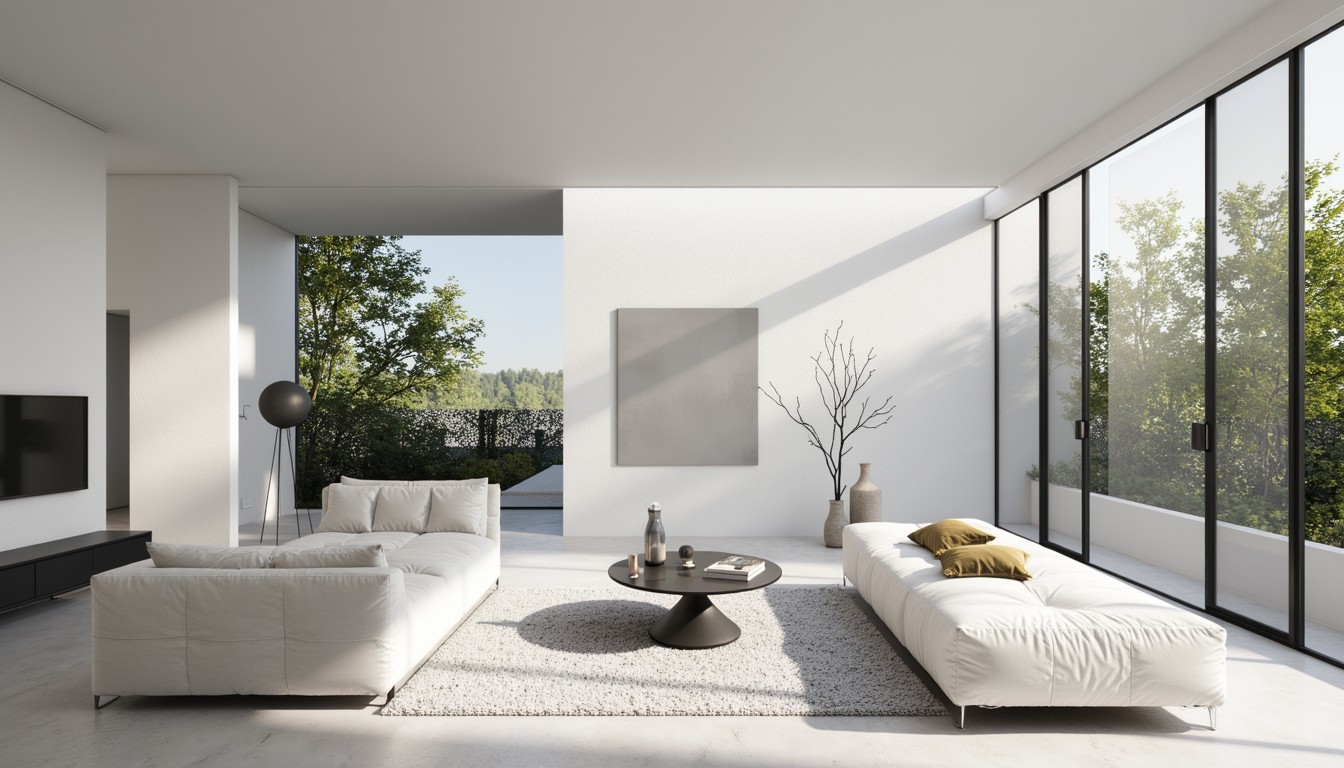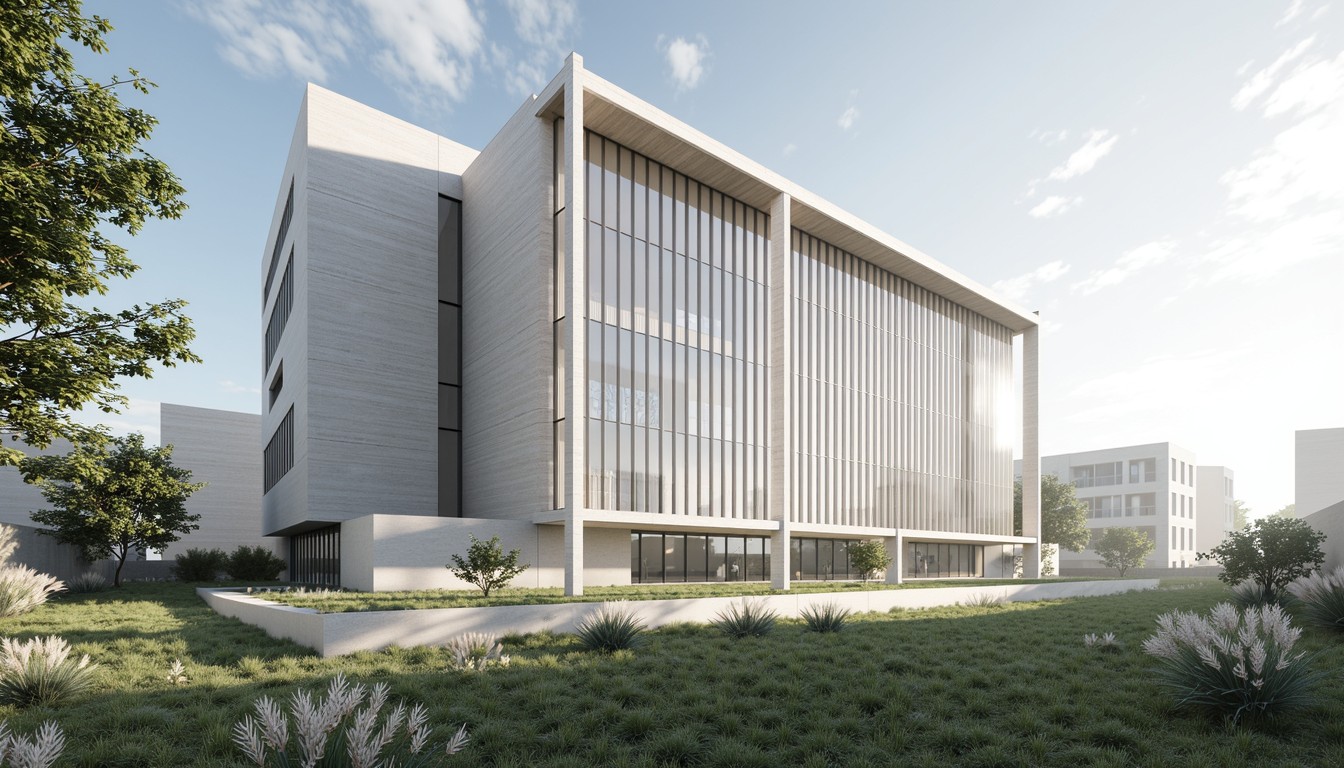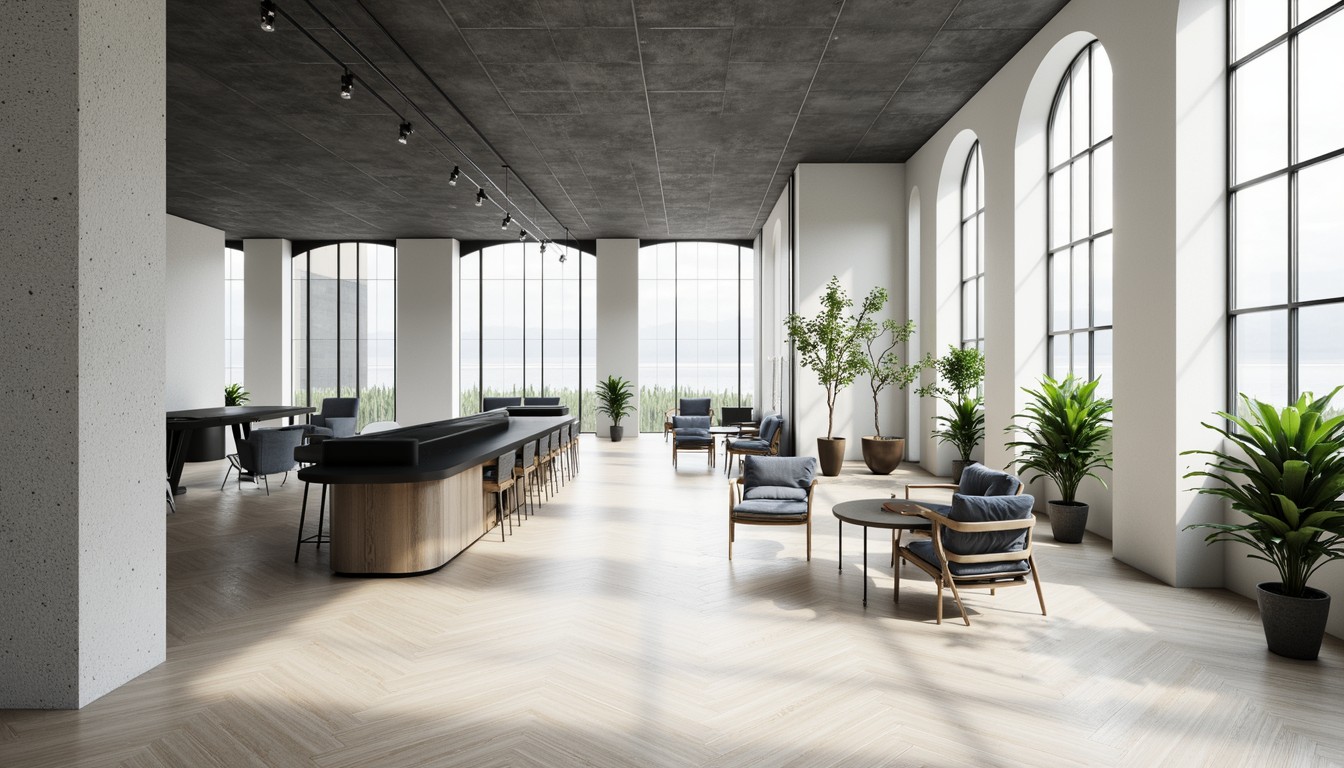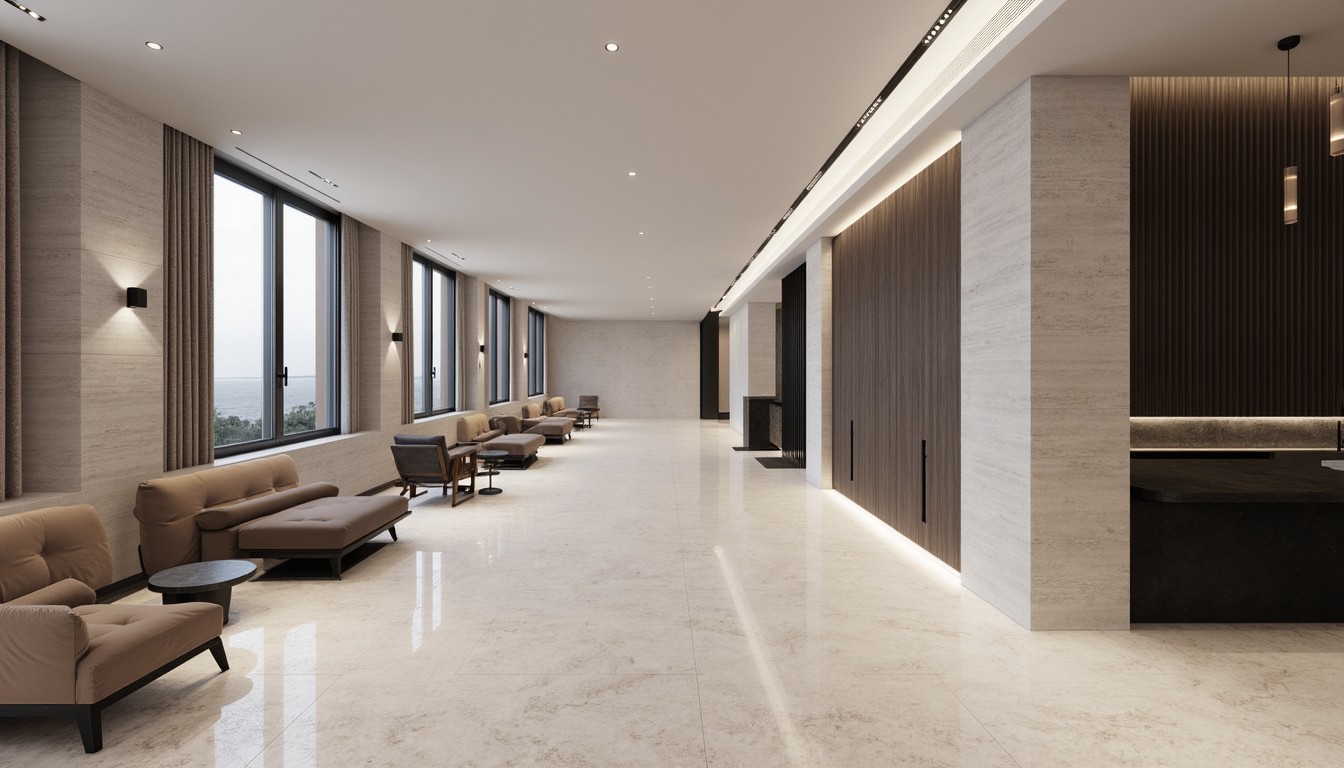VR in Architecture: Designing Tomorrow's Spaces
The architectural landscape is undergoing a dramatic transformation, fueled by technological advancements that are redefining how we design, visualize, and experience built environments. At the forefront of this revolution is virtual reality (VR), offering architects and their clients unprecedented opportunities to explore, collaborate, and innovate.
Immersive Design Experiences: Beyond Static Renderings

Traditional architectural visualization methods, such as 2D drawings and static renderings, often fall short in conveying the true essence of a design. They struggle to capture the spatial relationships, the play of light and shadow, and the overall feeling of inhabiting a space. VR transcends these limitations, offering an immersive, interactive experience that allows architects and clients to step inside the design before a single brick is laid.
With VR headsets, users can freely navigate a virtual environment, experiencing the scale, proportions, and atmosphere of a building firsthand. This level of immersion allows for a deeper understanding of the design's strengths and weaknesses, leading to more informed design decisions. Architects can experiment with different materials, lighting schemes, and spatial arrangements, instantly visualizing the impact of these changes within the virtual model.
Enhanced Client Collaboration and Communication
Effective communication is crucial in architectural projects. VR facilitates seamless collaboration between architects, clients, and other stakeholders, bridging the communication gap that often exists between technical designs and client expectations. Clients can actively participate in the design process, offering feedback and making informed choices in a tangible and engaging way. This participatory approach fosters greater client satisfaction and reduces the likelihood of costly revisions down the line.
Imagine presenting a design to a client not through static images but through an immersive VR experience. They can walk through their future home, explore different room layouts, and experience the flow of spaces in a way that is far more impactful than any traditional presentation. This shared experience fosters a stronger client-architect relationship, built on mutual understanding and shared vision.
Optimizing Design and Identifying Potential Issues Early

VR’s ability to provide an immersive experience extends beyond visualization; it significantly enhances the design process itself. By identifying potential design flaws and spatial issues early on, architects can make informed modifications before construction begins, saving time, money, and resources. For example, VR can reveal awkward circulation patterns, insufficient natural light, or clashes between elements that might be overlooked in 2D plans.
This proactive approach to problem-solving is a significant advantage of VR in architecture. It allows for iterative design refinements, ensuring that the final product aligns perfectly with the client's brief and the architect's vision. This iterative process, facilitated by VR, leads to a more efficient and cost-effective design process overall.
Real-World Applications of VR in Architecture
The applications of VR in architecture are diverse and far-reaching. Here are a few examples:
- Residential Design: Allowing clients to experience their future homes, making informed decisions about layouts, materials, and finishes.
- Commercial Projects: Visualizing large-scale spaces like offices, retail stores, or hotels, enabling better spatial planning and client engagement.
- Urban Planning: Simulating entire city blocks or neighborhoods, allowing stakeholders to assess the impact of proposed developments on the surrounding environment.
- Interior Design: Creating immersive experiences for interior design projects, allowing clients to visualize furniture placement, lighting schemes, and overall ambiance.
- Heritage Preservation: Creating virtual tours of historical buildings, allowing researchers and the public to experience these spaces in a new way.
The Future of VR in Architectural Visualization

VR technology continues to evolve rapidly, with advancements in hardware and software leading to more realistic and immersive experiences. We can expect to see even more sophisticated VR applications in architecture in the coming years, including:
- Increased realism and fidelity: More accurate representations of materials, lighting, and textures.
- Haptic feedback: The ability to feel textures and surfaces within the virtual environment.
- Improved collaboration tools: More seamless and intuitive ways for multiple users to interact within the same virtual space.
- Integration with other technologies: Combining VR with BIM (Building Information Modeling) for even more integrated and efficient design workflows.
ArchNav: Your Partner in VR Architectural Visualization
ArchNav is at the forefront of this technological revolution, providing cutting-edge VR architectural visualization services to clients worldwide. We leverage the latest technology and expertise to create immersive experiences that transform the way architects and clients engage with their designs. Our team of experienced professionals combines artistic vision with technical expertise to deliver exceptional results, helping you design and present your projects with unmatched clarity and impact. Contact us today to learn how ArchNav can help you leverage the power of VR to design tomorrow's spaces.
